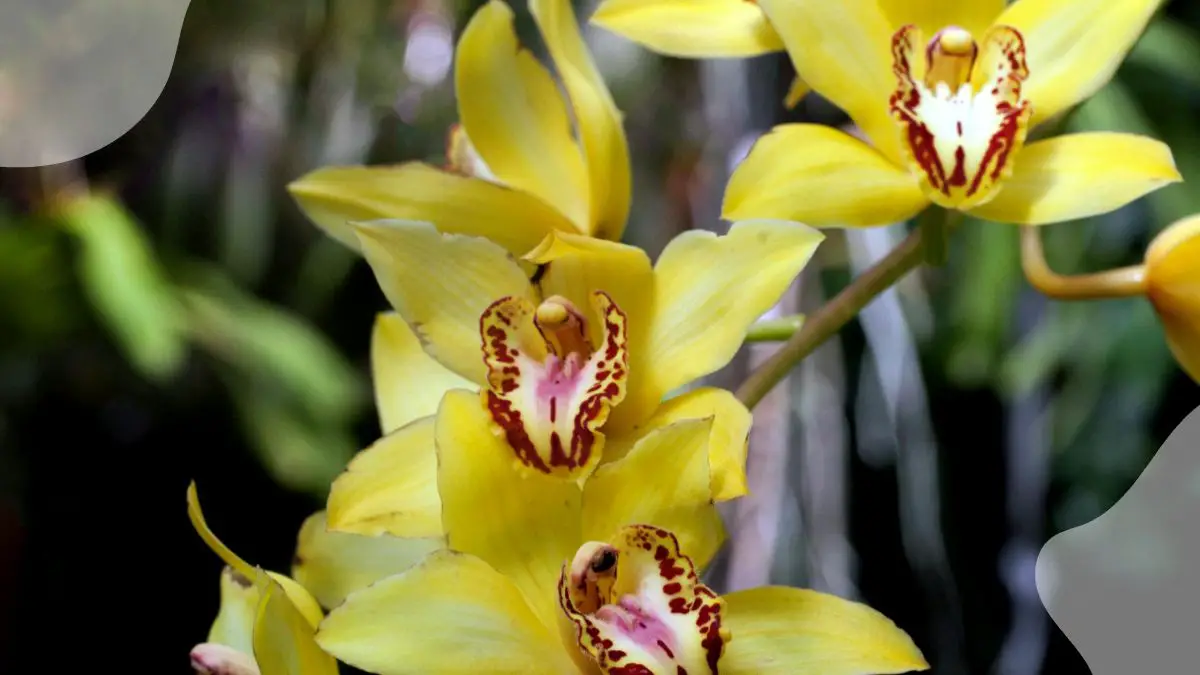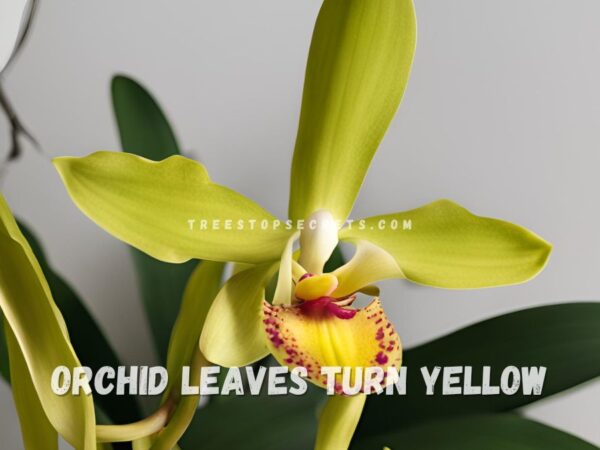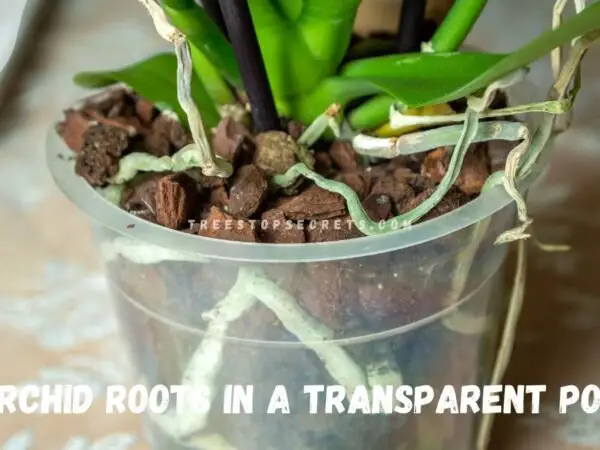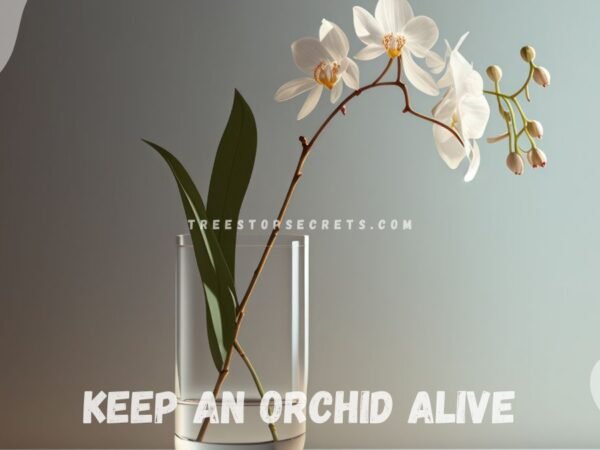If you've noticed your orchid leaf taking on a yellow hue, don't panic just yet. Understanding the reasons behind this change is crucial in nursing your plant back to health. From overwatering to inadequate light exposure, several factors could be causing this issue. By identifying the root cause and implementing the right solutions, you can help your orchid thrive and regain its vibrant green color.
Key Takeaways
- Regularly inspect your orchid's leaves: Check for any changes in color, like yellowing, which can indicate underlying issues.
- Maintain proper environmental conditions: Ensure adequate light, humidity, and ventilation for your orchid to thrive and prevent leaf discoloration.
- Consider the age of your orchid: Older leaves naturally turn yellow and shed, but excessive yellowing may signal a problem that needs attention.
- Implement pest and disease control measures: Be proactive in managing pests and diseases to prevent them from causing leaf discoloration and damage.
- Follow practical care tips: Water your orchid properly, use appropriate fertilizers, and repot when necessary to promote overall plant health and prevent yellow leaves.
- Seek professional help if needed: If despite your efforts the yellowing persists or worsens, consult with a plant expert or orchid specialist for tailored advice and solutions.
Understanding Orchid Health
Reading Orchid Leaves
Orchid enthusiasts should observe their plants for any yellowing leaves, which can indicate issues such as overexposure to light or root problems. Look out for additional leaf discolorations like brown spots or blackened areas, which may signify different concerns. Keep an eye on signs of dehydration in plants, such as wrinkling or wilting leaves.
Signs of Health
To assess orchid health, examine the overall condition of the leaves, ensuring they exhibit vibrancy and firmness. Monitor any changes in leaf color, as variations can serve as indicators of the plant's well-being. Pay attention to unusual patterns on the leaves that could be signs of nutrient deficiencies.
Common Concerns
Address issues like over-watering or inadequate light, which can impact the color and health of orchid leaves. Understand how environmental factors play a crucial role in maintaining optimal orchid leaf health. Seek solutions to common concerns promptly to prevent further deterioration of the leaves.
Common Causes of Yellow Leaves
Watering Issues
When caring for orchids, adjust watering frequency to meet their specific needs. Proper drainage is crucial to prevent waterlogged roots, which can lead to yellowing leaves. To accurately monitor soil moisture levels, consider using a moisture meter.
Light Exposure
Orchids thrive in locations with adequate but indirect sunlight. Shield them from direct sunlight exposure to prevent leaf damage and yellowing. If natural light is insufficient, supplement with artificial grow lights.
Temperature Effects
Maintain consistent temperatures within the optimal range for orchids to prevent yellowing leaves. Protect them from extreme temperature fluctuations that can cause stress and leaf discoloration. Regularly monitor temperature changes to avoid temperature shock.
Nutrient Deficiency
To prevent nutrient deficiencies affecting leaf color, provide balanced fertilization to your orchids. Recognize symptoms of specific nutrient deficiencies through leaf discoloration. Adjust fertilizer application based on the orchid's growth stage and individual needs.
Addressing Environmental Factors
Humidity Levels
Maintain appropriate humidity levels to prevent leaf dehydration. Use humidity trays or room humidifiers to create a suitable environment for orchids. Monitor humidity levels regularly, especially in dry indoor conditions.
Potting Stress
Repot orchids when necessary to alleviate stress on root systems. Choose well-draining potting mixtures to prevent waterlogging and root rot. Avoid disturbing orchid roots excessively during repotting to minimize stress.
Adapting to Changes
Help orchids acclimate to new environments gradually to avoid leaf yellowing. Monitor orchids closely during environmental changes for signs of stress. Provide consistent care and conditions to support orchids in adapting smoothly.
Orchid Age and Yellow Leaves
Normal Aging Process
As orchids age, their leaves may naturally turn yellow. This is a typical occurrence in the lifecycle of these plants. The older leaves tend to yellow and eventually drop off as new growth emerges. It's essential to understand this process to differentiate it from other issues.
Understanding the normal aging process of orchids helps in distinguishing it from potential problems. By recognizing when yellowing is part of the natural cycle, you can avoid unnecessary concern or intervention. This knowledge also aids in adjusting care practices accordingly.
Abnormal Yellowing Causes
Abnormal yellowing of orchid leaves can be a sign of underlying issues. Factors such as overwatering, nutrient deficiencies, or root rot can cause leaves to turn yellow prematurely. Identifying the root cause of abnormal yellowing is crucial for addressing the problem effectively.
When faced with abnormal yellowing, it's important to assess the overall health of the orchid. Check for any signs of distress, such as mushy roots or unusual odors, which could indicate more severe issues. Taking prompt action can help prevent further damage to the plant.
Care Adjustments for Older Orchids
As orchids age, their care requirements may change. Older orchids may need less frequent watering or lower levels of fertilizer compared to younger plants. Adjusting the care routine based on the age of the orchid can help maintain its health and vitality.
For older orchids, it's beneficial to provide them with proper support as they go through their natural aging process. Ensuring adequate light exposure and maintaining optimal humidity levels are essential for supporting older orchids' overall well-being.
Key Points to Remember:
- Normal aging can cause orchid leaves to turn yellow as part of the natural cycle.
- Abnormal yellowing may signal underlying issues like overwatering or nutrient deficiencies.
- Adjust care routines for older orchids by considering their changing needs.
Pest and Disease Management
Identifying Pests
Inspect orchids for common pests like spider mites or aphids causing leaf damage. Treat pest infestations promptly to prevent further harm to orchid leaves. Use organic pest control methods to protect orchids from harmful chemicals.
Disease Prevention
Implement preventive measures like proper sanitation to avoid diseases affecting orchids. Quarantine infected orchids to prevent the spread of diseases to healthy plants. Monitor orchids for early signs of diseases such as leaf spots or fungal growth.
Practical Care Tips
Correct Watering
- Water orchids thoroughly to keep them hydrated without causing root rot.
- Adjust watering based on environmental conditions and orchid species for optimal health.
- Use room-temperature water to prevent shocking the orchids during watering.
Ideal Lighting
- Provide bright, indirect light to ensure healthy leaf development in orchids.
- Rotate orchids regularly to expose all leaves evenly to light for balanced growth.
- Avoid placing orchids near drafty windows or vents that can harm the leaves.
Temperature Control
- Maintain consistent temperatures within the recommended range to keep orchids healthy.
- Protect orchids from sudden temperature changes that may cause stress and damage.
- Consider using temperature-regulating devices to create a stable environment for your orchids.
Fertilization Needs
- Feed orchids with a balanced fertilizer to support leaf health and overall growth.
- Adjust fertilization frequency based on the orchid’s growth stage and seasonal variations.
- Utilize specialized orchid fertilizers tailored to provide essential nutrients without causing harm.
Preventing Yellow Leaves
Proper Watering
Monitor your orchid's watering schedule carefully to prevent premature yellowing of leaves. Ensure the pot has proper drainage to avoid water accumulation.
Maintain a balance by allowing the top inch of the soil to dry out before watering again. Overwatering can lead to root rot, causing green leaves to turn yellow.
Adequate Light Exposure
Place your orchid in a location with sufficient but indirect sunlight. Direct sunlight can scorch leaves, causing them to become reddish or develop wrinkles.
Rotate your orchid periodically to ensure all sides receive equal light exposure. Lack of light can result in yellow and weak leaves.
Regular Monitoring
Inspect your orchid regularly for any signs of stress such as yellowing leaves or drooping flowers. Address any issues promptly to prevent further damage.
Check the undersides of leaves for pests like spider mites or aphids, which can also cause discoloration and damage.
Consistent Care Routine
Establish a consistent care routine for your orchid to maintain optimal health. This includes regular watering, fertilizing, and repotting when necessary.
Keep track of your orchid's growth patterns and adjust care practices accordingly. Consistency is key to ensuring healthy and vibrant leaves.
When to Seek Help
Consultation with Experts
When your orchid leaf is turning yellow and preventive measures haven't worked, consulting with orchid experts or horticulturists can provide valuable insights. These professionals can offer specific advice tailored to your plant's needs.
Seeking guidance from experts ensures that you receive accurate information on how to address the issue effectively. They may recommend adjusting watering schedules, changing the orchid's location, or diagnosing any underlying problems causing the yellowing leaves.
Professional Assistance
If despite your efforts, the orchid leaves continue to yellow, it may be time to seek professional assistance. Professional orchid care services have the expertise to identify complex issues and provide targeted solutions.
Professional orchidists can conduct thorough assessments of your plant's health and recommend advanced treatments if necessary. They may also suggest specialized care routines to help your orchid recover and thrive.
Suspected Underlying Problems
When dealing with persistent yellowing leaves, especially if you suspect diseases or severe pest infestations, it is crucial to seek help promptly. Ignoring potential underlying issues can lead to further damage and even endanger the overall health of your orchid.
Summary
You've now grasped the key reasons behind your orchid's yellowing leaves. By recognizing environmental stressors, understanding the impact of age, and implementing effective pest management, you can ensure your orchid stays healthy. With practical care tips and preventive measures in mind, you're equipped to maintain vibrant foliage and thriving blooms. Remember, consistency is key in orchid care. Regular monitoring and prompt action will help you prevent issues before they escalate. If despite your efforts, problems persist, don't hesitate to seek professional assistance. Stay proactive in caring for your orchid to enjoy its beauty for years to come.
Frequently Asked Questions
Why are my orchid leaves turning yellow?
When orchid leaves turn yellow, it could indicate overwatering, poor light conditions, or root rot. Check the watering frequency, ensure proper light exposure, and inspect roots for any signs of decay to address the issue promptly.
How can I prevent my orchid leaves from turning yellow?
To prevent yellowing of orchid leaves, maintain a proper watering schedule, provide adequate light, ensure good air circulation around the plant, use well-draining potting mix, and regularly inspect the plant for any signs of pests or diseases.
Is it normal for orchid leaves to turn yellow as they age?
Yes, it is normal for older orchid leaves to turn yellow and eventually fall off. As long as new growth is healthy and vibrant, the shedding of older leaves is a natural part of the orchid's growth cycle.
What pests or diseases should I watch out for that can cause orchid leaves to turn yellow?
Common pests like aphids, spider mites, and mealybugs can infest orchids and lead to yellowing of leaves. Diseases such as fungal infections or bacterial rots can also cause discoloration. Regularly inspect your orchid for any signs of pests or diseases.
When should I seek professional help for my orchid with yellow leaves?
If despite adjusting care practices, such as watering and lighting, your orchid continues to have yellow leaves or shows signs of severe distress like wilting or browning, it may be time to consult a professional orchid grower or horticulturist for expert advice.
Image Source: Paid image from CANVA





